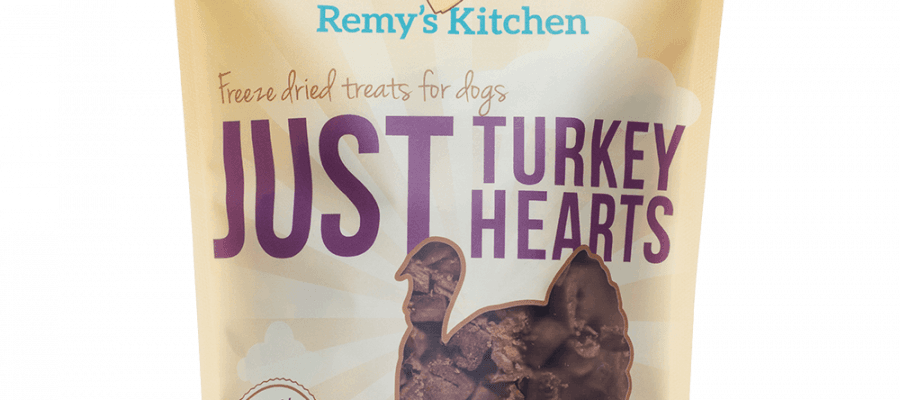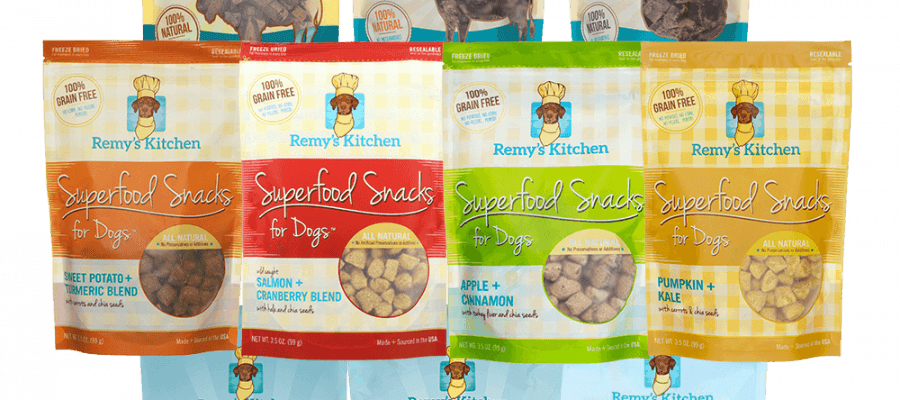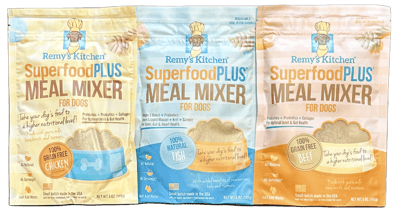
So you’re standing in the pet aisle—again—squinting at ingredient labels, wondering if the hype around dog food and cat food really matters. Can’t they just share? They’re both animals, right?
Not quite.
If you’re serious about pet health (and we know you are), then understanding the difference between these foods isn’t optional—it’s critical. Whether you’ve got a curious kitten or a tail-wagging floof ball, this guide will help you decode the best nutritional match for your furry friend—and steer you clear of the filler-packed, overbaked nonsense out there pretending to be premium.
Because here’s the thing: what goes into your pet’s bowl directly affects how they feel, move, and even age. Feed them wrong, and you’ll eventually see the consequences in their energy, their coat, even their mood. But feed them right—species-appropriate, nutrient-dense food—and they’ll thrive in ways you didn’t know were possible. Ready to rethink what “healthy” really means for your pet? Let’s dig in.
Is There Really a Difference Between Dog Food and Cat Food?
Yes. And it’s not just marketing fluff.
Here’s the scoop: dog food and cat food are formulated with entirely different nutritional goals in mind. Cats are what the experts call “obligate carnivores.” That means their bodies are biologically wired to eat meat—real meat, not plant-based fillers. Dogs? They’re more like omnivores with a protein preference. They need meat, sure, but they can handle some extras too—grains, vegetables, even a few fruits. That doesn’t mean they should, but they can.
So, swapping one for the other? Not a great idea. Your cat can’t thrive on dog food. It’s missing crucial elements like taurine and vitamin A—nutrients cats can’t produce on their own. And your pup, well, she might be bored stiff with cat food’s rich taste—and overloaded with protein her system doesn’t need.
Plus, cats require arachidonic acid (a fancy fatty acid) in their diets, while dogs can make their own. Even the texture, shape, and aroma of the food are tailored differently—cats are typically pickier eaters with keener senses, while dogs may eat practically anything (including your socks). So what may seem like a harmless trade at dinnertime could mean major health consequences over time. Choosing species-specific food isn’t just smart—it’s essential.
Why Ingredients Matter More Than Buzzwords
The pet aisle loves buzzwords. “All-natural.” “Grain-free.” “Premium.” You’ve seen it. Probably believed it. But labels don’t always tell the full story.
Real talk: Most mass-market dog food brands (and yes, even some high-priced ones) use heavy processing, cheap fillers, and meat by-products. If the first ingredient isn’t a recognizable protein source—and the next few are grains, corn, or vague terms like “animal meal”—you’ve got a problem.
The best dog food starts with real, identifiable ingredients: whole proteins, clean organ meats, and minimal (if any) carbs. The same goes for cat food. Cats, in particular, don’t need carbohydrates. If your feline’s kibble lists corn, peas, or rice high up… yikes. That’s cat junk food in disguise.
And the buzzwords? They’re often slapped on packaging to distract from what’s actually inside. “Grain-free” can still mean overloaded with starches like potatoes or lentils. “Natural” doesn’t mean unprocessed. Even “organic” can mask poor-quality meat or unnecessary fillers. That’s why reading the ingredient list—not just the front of the bag—is your best defense.
You wouldn’t feed your family based on vague claims or pretty packaging, right? Your pets deserve that same level of care. It’s not just about avoiding the bad stuff—it’s about seeking out real nutrition that fuels energy, supports digestion, and promotes long-term health. If the brand isn’t transparent about where the ingredients come from or how the food is made, walk away.
The Freeze-Dried Debate: Not All Treats Are Equal
You’ve probably seen freeze-dried treats popping up everywhere lately. They’re trendy, lightweight, and shelf-stable. But here’s the kicker: not all freeze-dried foods are created equal.
Some freeze-dried brands cut corners by:
- Using single-organ fillers instead of whole meat blends.
- Sneaking in starches and gums to “bulk” the nugget.
- Baking instead of truly freeze-drying, which torches nutrients.
Enter Remy’s Kitchen. Our dog food-inspired Superfood Snacks and Meat Medley lines keep things real—freeze-dried at low temps, never baked, and made with a trio of organ meats for balanced nutrition. No fillers, no frauds. Just real food, for real pets.
The Best Dog Food vs. The Best Cat Food: What to Look For
What counts as the best dog food or best cat food depends on what’s not in it as much as what is.
Here’s what you do want:
- Real meat or fish as the first ingredient.
- Organ meats (hearts, liver, gizzards) for natural vitamins.
- Freeze-dried or gently cooked options to preserve nutrients.
And what to avoid?
- “Meat meal” or “animal digest”
- Corn, soy, wheat
- Artificial colors, preservatives, or flavoring agents
For cats, taurine is non-negotiable. For dogs, balance is key—but not at the cost of quality. Many dog food brands overcompensate with unnecessary carbs to lower costs. Don’t fall for it.
How to Pick the Right Brand Without Falling for the Hype
Forget the packaging. Forget the marketing. Go straight to the ingredient list.
Ask yourself:
- Is the protein source specific (chicken vs. “poultry”)?
- Are there any weird additives?
- How are the nutrients preserved?
- Does the company actually show what goes into the bag?
At Remy’s Kitchen, we believe your pet deserves better. We’re here to give them treats and snacks made from ingredients you can see and pronounce. No need to decode. Just food. Real food.
Can Dogs Eat Cat Food? Can Cats Eat Dog Food?
Technically? Occasionally. But should they? Hard no.
Your dog might sneak a bite of your cat’s dish and think he’s won the lottery. But long-term, that richness can mess with his digestion—and his waistline. And cats? Feeding your cat dog food long-term is dangerous. It simply doesn’t meet their unique nutrient needs. Taurine deficiency? That’s a one-way ticket to serious health problems.
So, while sharing might seem sweet, it’s not worth the risk. Keep bowls separate. Your pets—and your vet bills—will thank you.
What About Puppies and Kittens? Different Rules?
Absolutely. Growing animals have turbo-charged nutritional demands. Kittens need extra protein and calcium. Puppies need DHA and other fatty acids to support their fast-developing brains and joints.
Don’t cut corners here. Always choose dog food or cat food formulated specifically for their life stage. That’s one place where a “puppy formula” actually means something.
Young animals are building everything from muscle to immune systems, and their bodies crave concentrated, high-quality nutrition to do it right. Generic adult food just won’t cut it—it lacks the elevated levels of protein, fats, vitamins, and minerals they need to thrive. And don’t forget: early nutrition doesn’t just impact their growth—it shapes their long-term health. That glossy adult coat? That boundless energy? It starts in the first few months of life. So give them the right foundation. Choose clean, age-appropriate, real-food options that support growth without overloading their sensitive systems.
How Often Should You Switch Foods or Brands?
Change is fine—as long as it’s done right.
Your pet’s taste buds may get bored, but their gut needs time to adjust. If you’re trying a new dog food or cat food, ease into it. Mix a little in with the old stuff, then gradually increase over 7–10 days.
And don’t swap constantly just because of trends. Focus on ingredients and how your pet responds. Shiny coat? Energetic zoomies? Healthy stools? You’re probably on the right track.
That said, it’s totally okay to rotate foods occasionally—as long as you’re sticking with high-quality, species-appropriate options. Some pet parents find that rotating between a couple of trusted formulas (especially protein sources) helps prevent boredom and food sensitivities. But consistency matters more than novelty. Stick with clean, transparent brands you trust—like Remy’s Kitchen—and avoid unnecessary disruptions. Changing food should be thoughtful, not reactive. Listen to your pet. Their body will always tell you what’s working.
Final Thought—Feed Them Like Family
You read labels for yourself. Why not for them?
Whether you’re choosing dog food, cat food, or treat options, you’re not just feeding your pet—you’re shaping their health, energy, and even mood. The best cat food or best dog food isn’t about flashy claims. It’s about ingredients. It’s about transparency. And it’s about knowing what your pet actually needs, not what a marketing campaign tells you they want.
At Remy’s Kitchen, that’s the promise: no fluff, no fillers, no guesswork. Just nutritious, species-appropriate snacks that support health from the inside out.
Because let’s face it—your pet trusts you. Every time they look up at you with those wide, expecting eyes, they’re saying, “You’ve got me, right?” And the food you choose? That’s part of that promise. It’s love, in nutritional form.
So make each bite count. Choose clean. Choose thoughtful. Choose real food designed for real pets. When you feed them like family, you’re not just filling a bowl—you’re building a healthier, happier life, one wholesome bite at a time. And that, right there, is what they truly deserve.



